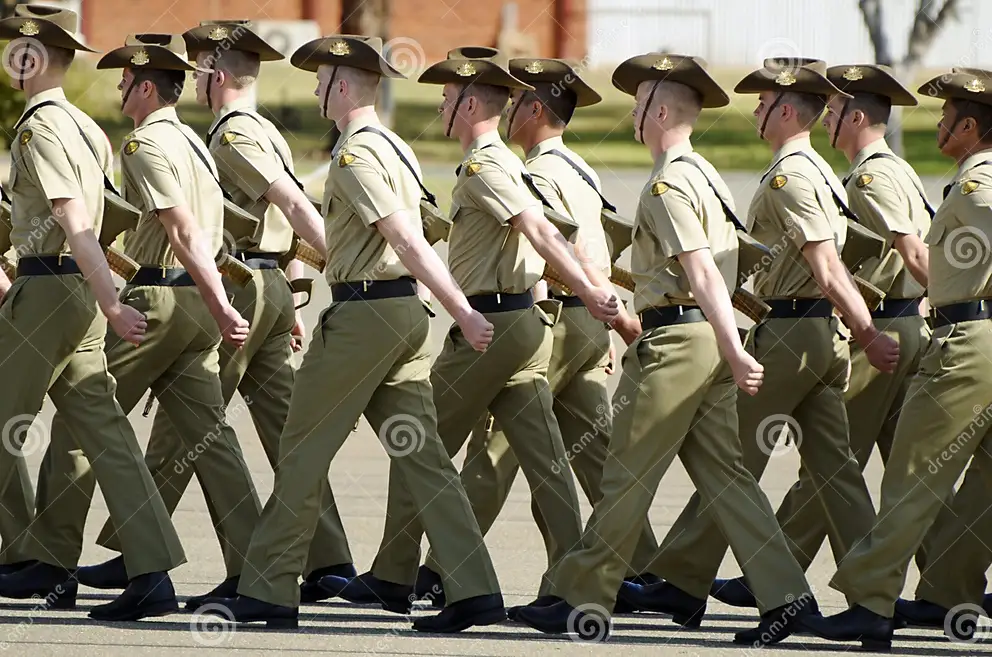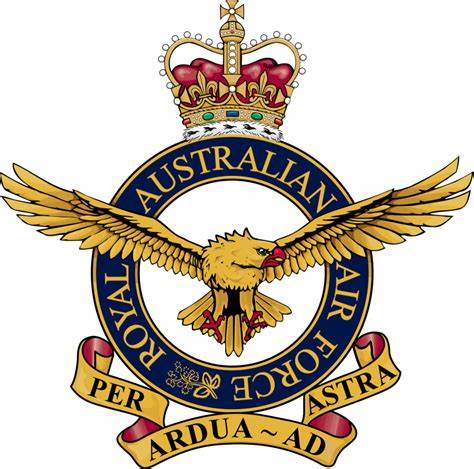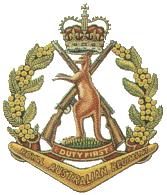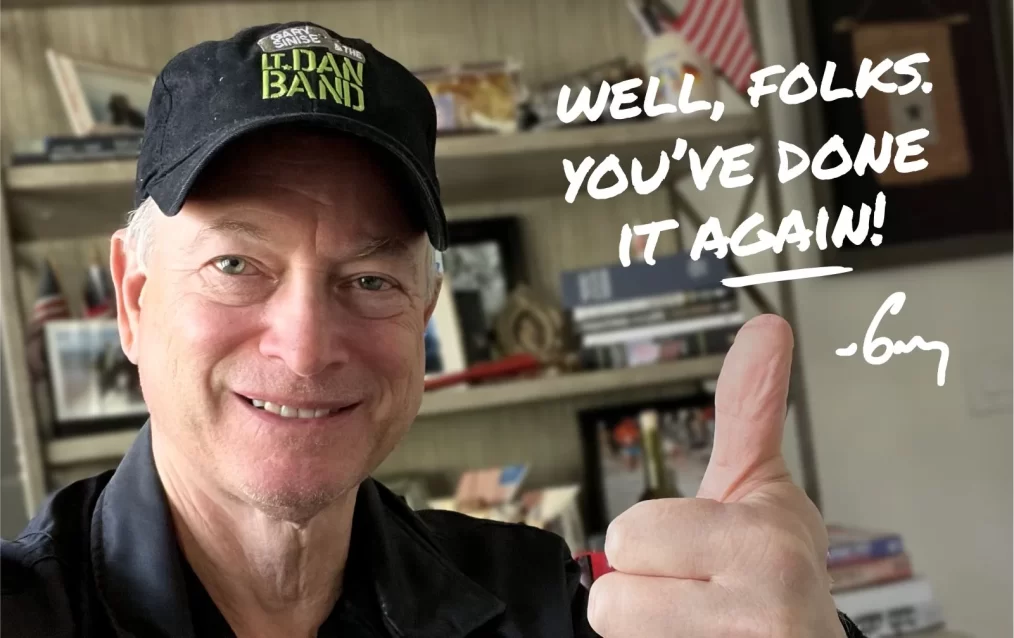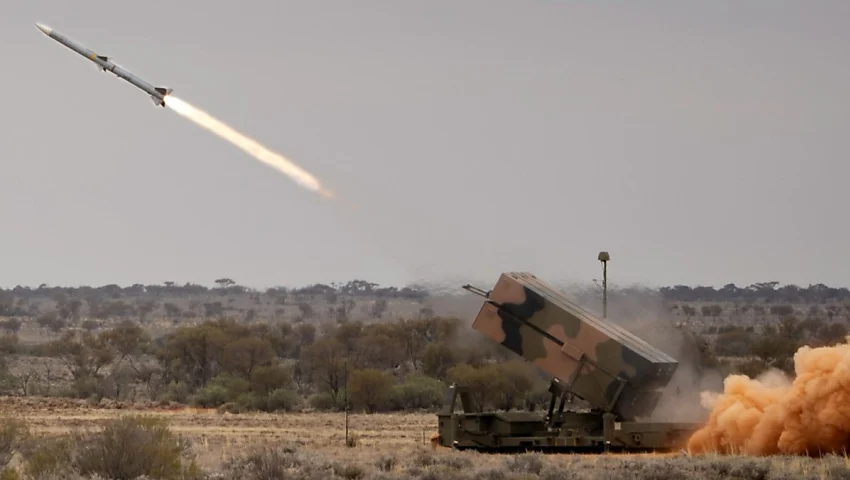The Straits Times
Imagine a world where a single gallon of fuel could power your car for 20 years without pollution. This dream might soon be a reality thanks to nuclear fusion — the process of smashing atoms together to create massive amounts of clean energy. Unlike nuclear fission, which splits atoms and leaves behind harmful radioactive waste, fusion is safe, efficient, and residue-free.
Fusion happens when two atoms combine at extremely high temperatures — over 150 million degrees Celsius (320 million degrees Fahrenheit). This process mimics how the sun generates energy, creating a burst of power far greater than traditional methods. Fusion has the potential to produce four times the energy of nuclear fission, making it a game-changer for industries, space travel, and clean energy solutions.
Why Fusion Matters
Fusion energy could eliminate the need for expensive and limited lithium batteries, which only work well in certain conditions. Instead, tiny amounts of fusion fuel could generate vast amounts of power, paving the way for pollution-free energy that works anywhere, anytime.
Best of all, fusion reactors, like the “tokamak,” leave no toxic waste behind. These doughnut-shaped machines use powerful magnetic fields to control the super-hot plasma where fusion occurs, making them the key to unlocking this energy source.
The Global Race for Fusion Energy
While the technology isn’t quite ready for everyday use, a fierce competition is underway, and China is leading the charge. The Chinese government is reportedly spending $1.5 billion annually on fusion research — nearly double the U.S. investment.
China’s Experimental Advanced Superconducting Tokamak (EAST) recently set records, maintaining a plasma temperature of 120 million degrees Celsius for 101 seconds and 160 million degrees for 20 seconds. These breakthroughs bring fusion closer to becoming a reliable energy source.
One of the biggest challenges with fusion has been controlling the plasma and maintaining the extreme temperatures needed for the reaction. Chinese scientists may have solved this by adjusting the fuels and using magnetic fields to stabilize the plasma. Their innovative “cored apple” design within the tokamak is a major step forward.
What About the U.S.?
The U.S. isn’t sitting idle. Entrepreneurs like Elon Musk and Sam Altman are pushing the boundaries of clean energy. Musk’s Tesla has explored fusion technology alongside its solar and battery ventures. Altman, the CEO of OpenAI, has invested heavily in nuclear energy startups and even secured permits to build microreactors.
However, the U.S. faces challenges. Some hydrogen-based energy systems being developed are still inefficient, requiring more energy to produce than they generate. Meanwhile, China’s rapid advancements and well-funded projects are giving it a significant edge in the race.
Why This Matters
The stakes couldn’t be higher. Whoever wins the fusion race will lead the next energy revolution, unlocking cleaner, more sustainable power for generations. Fusion could reduce our reliance on fossil fuels, combat climate change, and transform industries worldwide.
While China’s progress is impressive, the global effort to develop fusion energy should be a shared mission. After all, a breakthrough in clean energy benefits everyone. As the technology matures, we may soon witness the dawn of an era where energy is limitless, clean, and affordable for all.




